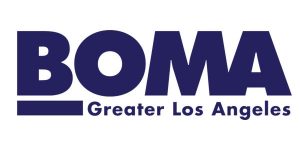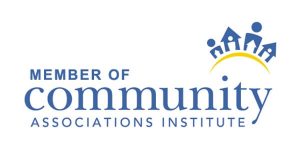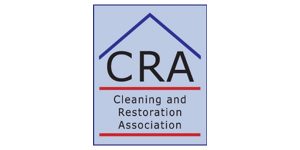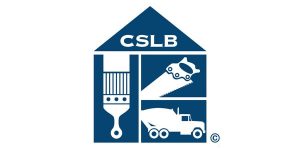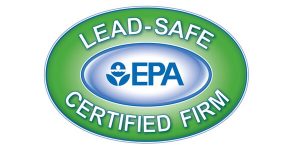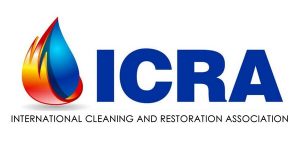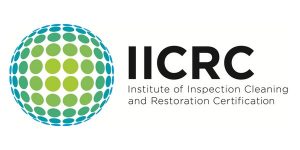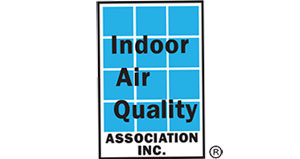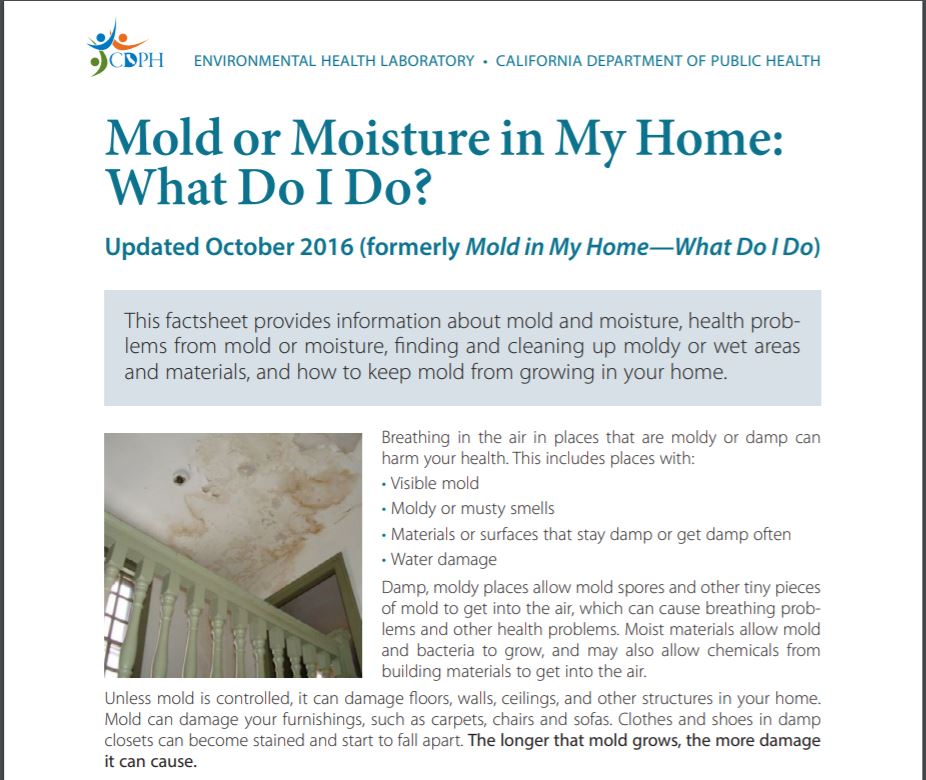
The California Department of Public Health is a great resource for information on Mold & Moisture! Here is what they say:
Background: About Mold and Dampness
Molds are simple, microscopic organisms, present virtually everywhere, indoors and outdoors. Molds, along with mushrooms and yeasts, are fungi and are needed to break down dead plant and animal material and to recycle nutrients in the environment. Because molds grow by digesting organic material, they gradually destroy whatever they grow on. Molds can grow on surfaces or objects in buildings. Mold growth on surfaces can often be seen in the form of discoloration: frequently white, gray, brown, or black but also green and other colors. They may be visible or, if inside walls or building structures, not visible to you.
For molds to grow and reproduce, they need only a food source—any organic matter, such as leaves, wood, paper, or dust—and moisture, which does not have to be liquid water but can be just a damp material or surface. Because organic matter is always available, moisture or dampness in buildings is thus the limiting factor determining whether mold can grow. Molds can usually grow whenever enough moisture is available.
Common sources of moisture that may lead to indoor mold problems include:
- Flooding
- Leaky roof
- Sprinkler spray hitting a building
- Plumbing leaks
- Overflow from sinks or sewers
- Damp basement or crawl space
- Steam from showers or cooking
- Humidifiers
- Wet clothes hung to dry indoors
- A clothes dryer that exhausts air indoors
Prevention is important to avoid mold problems. Inspect your home, school, or workplace regularly for signs and sources of indoor moisture and mold.
Read more – Mold & Moisture in My Home!
Dampness in Buildings
Source: https://www.cdph.ca.gov/Programs/CCDPHP/DEODC/EHLB/IAQ/Pages/Mold.aspx

